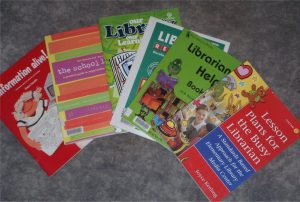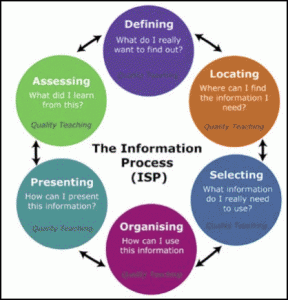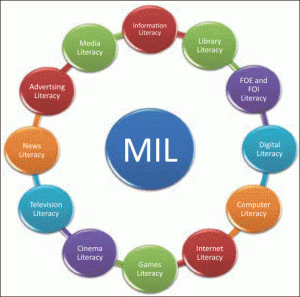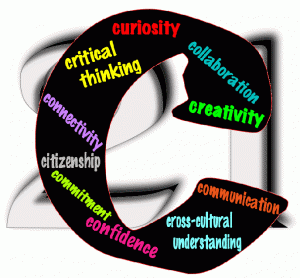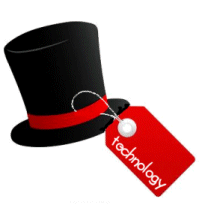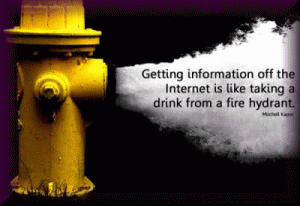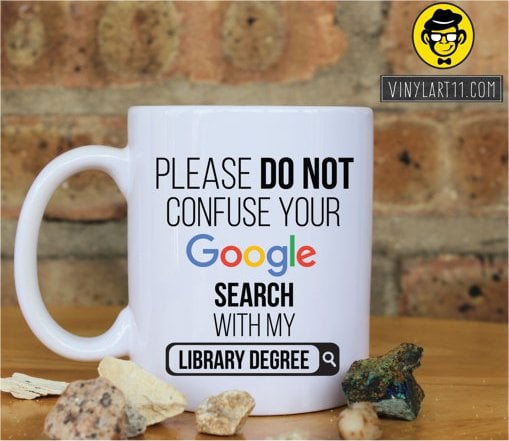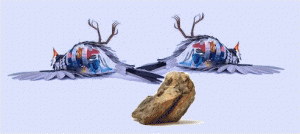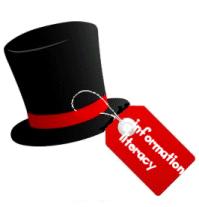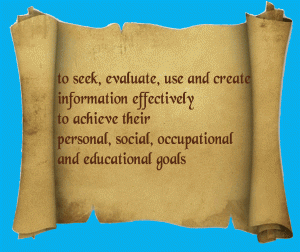
Sadly, there are still many teachers and PTB who view the teacher librarian’s role as the reading expert and the keeper of the books. Despite all the years of advocacy – something no other professional has to do to justify their daily existence – those in high places (including government, education authorities and schools) are yet to learn that there is a reason that to be a teacher librarian entails a post-graduate qualification, involves specialist knowledge and is so much more than their childhood recollections of a place filled with books.
The key issue seems to be a lack of understanding of the role of the modern TL in the support of teaching and learning stemming from the days of the introduction of affordable, reliable internet access and the mistaken belief that “everything can be found on the internet” coupled with the perpetuated myth that the TL’s main role is to do with reading and the circulation of books. As I have said so many times in the past 25+ years as a TL (and 53 as a teacher) TLs are NOT “English teachers on steroids” yet so many continue to present themselves as such. While we have a role in supporting the leisure reading of our students , our primary role is enabling them to navigate, and evaluate information in all its formats, and then interpreting this to form their own viewpoints, inform their choices and create new information. Thus, despite over 30 years of trying to change perceptions, including a Federal Inquiry into our role here in Australia, the fight continues and we must do all that we can, including sharing planning that puts the emphasis on that primary information literacy role to show what it is we can do. IMO, as long as we continue to put reading and books as the primary focus we will always be seen as the “keeper of the books” by those who hole the purse strings and fewer and fewer teachers and students will experience the benefits that a fully0informed, qualified TL can bring to the table.
So now, at the beginning of the school year when we are planning what students will do during their time with us, we have the best opportunity to use our programming skills to show how we can contribute to both the teaching and learning outcomes of the school in a purposeful, meaningful and wide-reaching way. To educate and advocate.
Recently, a NSW colleague Emily G. Williams generously shared her Term 1 program for her year 3-4 students with a wider audience so others could have a starting point for theirs. With Emily’s permission, this is what she offered…
| OVERVIEW: The beginning of the term will be spent refamiliarising ourselves with the library, its contents, expectations and borrowing needs. Students will participate in a QR code scavenger hunt for library orientation. The rest of the term students will be engaged in picture books from the Premier’s Reading Challenge based on Australian environments (to support their classroom unit Earth’s Environment). Students will write a book review for each and add to their PRC profile. |
|
Outcomes: EN2-4A uses an increasing range of skills, strategies and knowledge to fluently read, view and comprehend a range of texts on increasingly challenging topics in different media and technologies ENe2=7B understand how characters, actions and events in imaginative texts can engage the reader. Library Outcomes LK4.3 Metalanguage of the library – call number, shelf label, OPAC, Oliver, Dewey, circulation desk, return tray or slot, reference, etc.. LK4:15 Selects appropriate text based on purpose, interest and ability. Recognises the benefits of selecting from a wide range of texts LK4:18 Uses LMS (OLIVER) to locate fiction resources by author and places reservations. Use OLIVER to write and record a book review LL4:1 Completes a short-written review on a chapter book LL4:23 Explain the contribution of illustrations in developing the sequence of main events and climax of a particular fiction book Information Fluency Framework |
But what if we changed this outline to place greater emphasis on the purpose of the program by identifying what we want students to know, do, understand, appreciate and value as a result of the time invested, and the evidence we would accept that they had achieved this? Could we get something that, apart from making our own teaching purpose clearer, would show others that what we teach has meaning, context and validity beyond the library’s walls thus helping them to change their perception of our role?
Perhaps the new plan could look something like this…
OVERVIEW/PURPOSEAs students become more aware of the world around them, they are presented with a variety of viewpoints from which they are increasingly expected to form their own opinions, make informed choices, create new information and take targeted action. Yet the messages students see and hear through an increasingly complex media landscape can be conflicting and confusing. Therefore, they need to become critical assessors of these so they can identify the author’s objectivity or lack of it and evaluate the information in light of this. This program is designed to build their awareness of the influence a writer’s perspective has on their writing and enable them to examine texts for purpose and bias. To complement the classroom study of Earth’s Environment, students will use picture books, particularly those on the Stage 2 PRC list which focus on the Australian environment, so they can
|
EVIDENCEStudents will select a book with an Australian environmental focus and prepare a book review for publication on Oliver that demonstrates that they understand the author’s purpose and message and explains how this has been achieved. |
LEARNING OUTCOMESAs a result of this study students will demonstrate the following outcomes*…
|
*For the sake of inclusion for the majority of readers of this blog, outcomes have been taken from the Australian Curriculum. They could be supported or supplemented by specific outcomes from state and school-based curricula as required (and demonstrated in the original), thus illustrating how particular skills such as using the OPAC to locate resources support the student’s overall information literacy development, or engaging with the Premier’s Reading Challenge broadens their reading horizons.
By making the big-picture, lifelong learning outcomes the focus of the program – in this case, helping students begin to understand author purpose and detect bias and prejudice in writing, enabling them to be more creators and critical consumers of text in all its forms – and clearly stating these and their connections to other areas of the curriculum, we demonstrate that what is offered during “library lessons” not only supports the classroom program but shows that those skills usually seen as “bizniz-bilong-library” have both a purpose and a pathway that goes beyond its walls. Suddenly teachers have the evidence of what we intend to do and why in front of them in professional but accessible language. They can see that what we offer is valid and validated and perhaps even valuable. This could be taken even further by using a summary of the overview as the statement of learning for student reports, showing parents that the library is so much more than borrowing books and whatever their personal recollections are.
If we are to spend our precious time on this sort of paperwork, then it’s worth getting the biggest bang for our buck by educating those who need to know and advocating for a qualified teacher librarian who has essential knowledge and skills beyond that of the regular classroom teacher-that by working together we can offer so much more depth rather than being just that keeper of the books.


